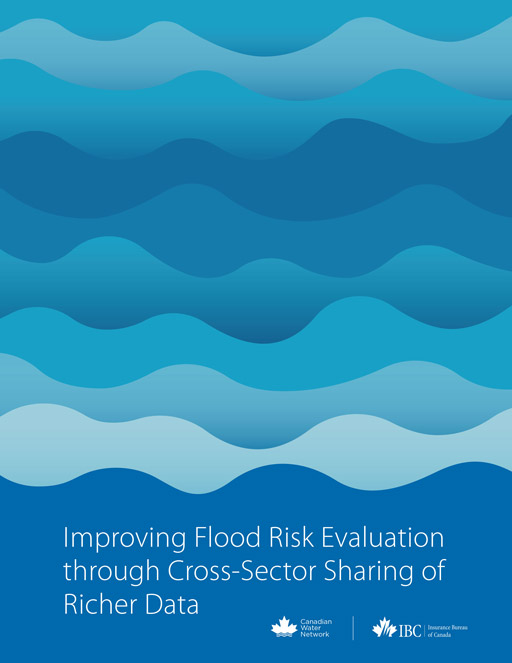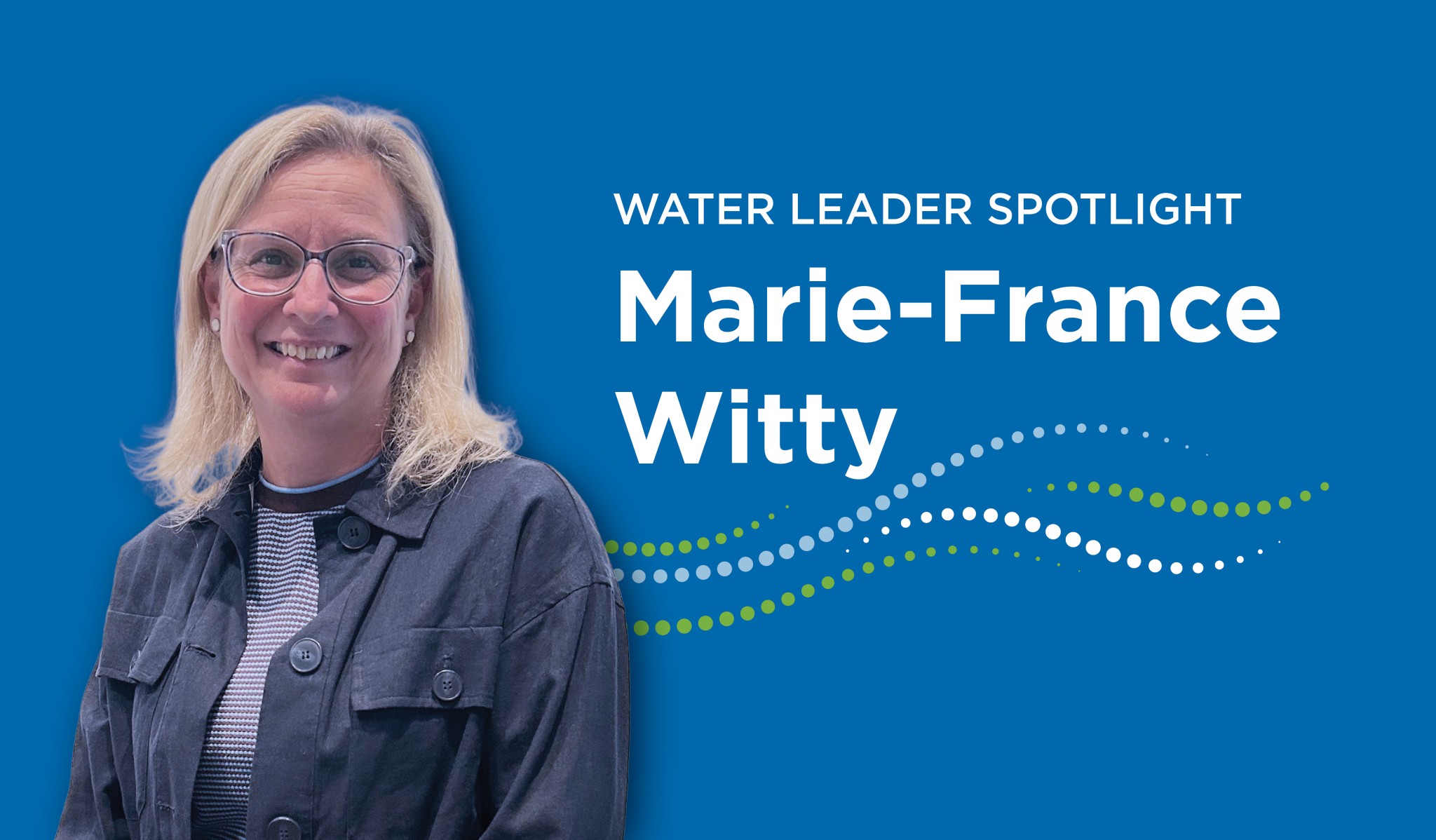Improving flood risk evaluation through cross-sector sharing of richer data
Canadian Water Network, Insurance Bureau of Canada (2018-2019)

Challenge
Flooding has caused significant damage to communities in Canada over the past two decades. Property claims have increased, and now represent 36.8% of all insurance claims for the Canadian insurance sector, with the largest percentage of property claims resulting from floods. Flooding — both fluvial (riverine) and pluvial (from intense rainfall events) — is a national-scale issue that is posing significant challenges to multiple sectors, including municipalities, the insurance sector, the federal government and the general public.
There is a fragmented and incomplete understanding of flood risk and its implications for communities across Canada. Many organizations are looking at how to address flood risk more accurately, but most of these efforts have not been coordinated among the various sectors, leaving gaps in foundational data.
One of the key challenges is that current large-scale flood risk models rely largely on low-resolution topographical data of mixed quality, and give limited consideration to flood reduction controls such as storm sewers, dikes and dry ponds. There is a need to determine which data could improve model certainty and the resulting degree of improvement.
Canadian Water Network and the Insurance Bureau of Canada see a significant opportunity to better coordinate the key players involved to improve flood risk mapping and modelling outcomes.
Project
CWN and IBC began a pilot project in August 2018 to examine how results for pluvial hazard maps derived from large-scale risk models are different — and to what degree — when richer datasets are used. Natural Resources Canada supplied the high-quality topographical data used in the pilot project.
The objectives of this pilot project were:
- To assess the potential for enhancing flood risk evaluation when higher quality topographical data and municipal flood mitigation measures are incorporated in flood risk models.
- To determine what data type, resolution and format is most effective for improving model certainty.
- To investigate mechanisms for sharing relevant and current data across public and private sectors.
Outputs
A report was generated in 2019 with the pilot’s key findings, recommendations to improve data sharing and proposed next steps.
Download a capture of this report:
Improving Flood Risk Evaluation through Cross-Sector Sharing of Richer Data












